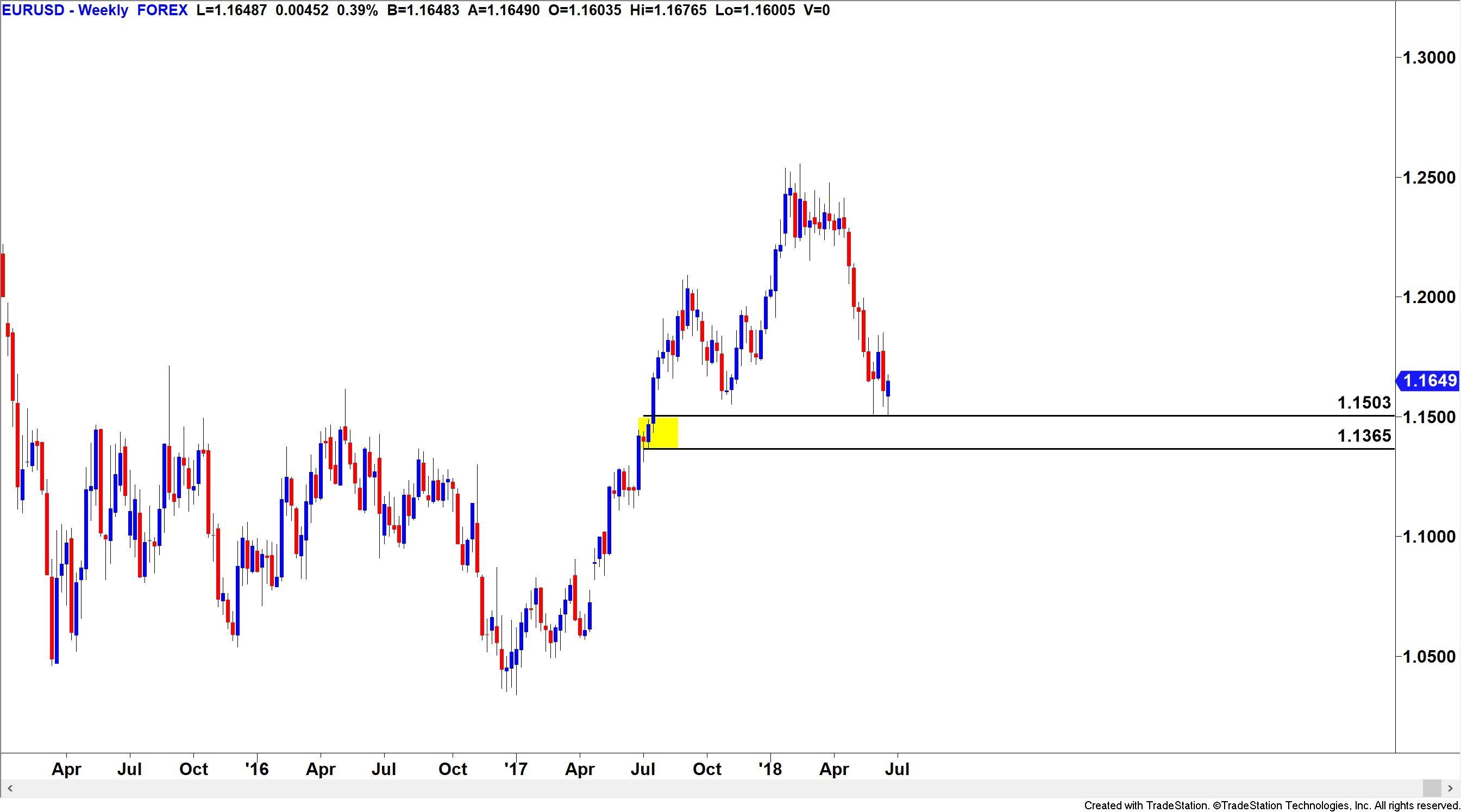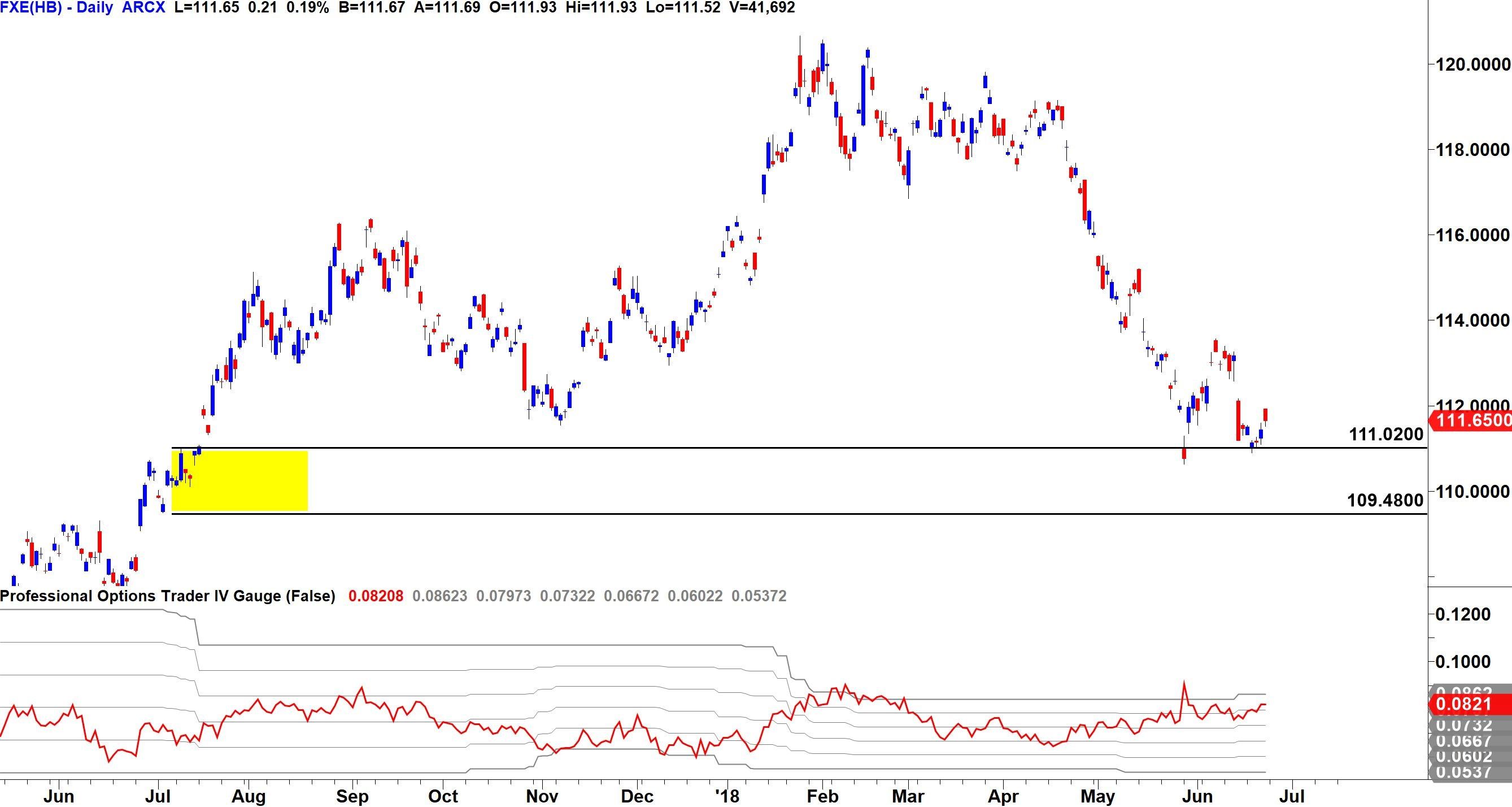The fact is, many people don’t realize that you can use options for trading Forex; so, last month my article gave us an introduction into the world of Options and how they can be applied to trading and investing in the global currency markets. For those of you who are still new to FX trading, please take these concepts as a guide for future possibilities. If you are a more experienced trader, then options may be the next addition to your portfolio in the financial markets. Either way, the idea is to show you what can be done with the right education. Please take the time to research and understand any trading strategy before using it on your own capital.
To recap what we covered last time, there are only two distinct types of Options contracts we can use:
The Call Option: Which gives the Buyer the right to buy an underlying asset at a pre-agreed price and the Seller the obligation to sell an underlying asset at a pre-agreed price, all within a limited period of time.
The Put Option: Which gives the Buyer the right to sell an underlying asset at a pre-agreed price and the Seller the obligation to buy an underlying asset at a pre-agreed price, all within a limited period of time.
Remember, an option contract is really nothing more than a form of insurance. People buy insurance when they are worried about something bad happening, like incurring a cost from damaging their car or losing their belongings. As we know, there is constant risk in market speculation, with prices falling and rising rapidly on a day to day basis, therefore, the smart investor or institution can use options to protect themselves against this. However, they can also take on the role of the insurer too, by actually selling options to others and receiving a premium for this, no different to what huge insurance companies do each and every day.
As buyers and sellers of options in the financial markets, including the FX market, our job is to develop a trade plan which tell us when to shift from buyer to seller and vice versa. This is determined by two factors:
-
Market Timing with Core Strategy – using Supply and Demand Zones
-
Assessing the Market Fear Factor – using Implied Volatility for strategy selection
Just remember this important fact: When you Buy an Option, the risk is limited to the premium you pay, allowing unlimited potential upside. Yet when you Sell an Option, your maximum profit is the premium you receive, with potential unlimited risk (assuming you don’t use a stop loss of some kind).
So why would someone take on a large risk for a smaller gain? Why not ask the multi-billion-dollar insurance companies who run their business models in this fashion? If they were honest they’d have to tell you that they have the odds stacked in their favor so that they will make money. We can do the same to a lesser degree by using options in the same manner.
Let’s revisit a weekly chart of the EURUSD which we looked at a few weeks ago:
Can you see how the EURUSD has been testing the major Demand level for almost a month now? If you were long on this currency pair you’d like to see it take off, but held steady instead. Now this move could take a little longer and that’s fine, but the question to ask is, how could we have allowed time to work in our favor while playing this pair to the upside? Using options is one way. As I explained last time, doing options on spot FX is not ideal due to the lack of centralized exchange, a better choice is using the ETFs available on FX, so let us check out the daily chart of FXE:
Notice, the price action for FXE is reflective of the EURUSD. This stock ETF is a derivative of the currency pair and we can play options on this market directly.
Core strategy is telling us this is a buy opportunity, yet the second factor, Implied Volatility (in the lower graph), is high. Think of IV as a speedometer or fear gauge on the market. The higher the fear, the greater the need for insurance. In this case the IV is high meaning premiums are also high and we can be paid these high premiums if we sell Put options to people who are worried that the Euro is going lower. Since we know the odds are in our favor that it will not go below the demand zone for a while, we can profit from this in the short term. Like all insurance, each option only lasts for a set amount of time, so if we sell say 1 month Put options, they will expire worthless if the market stays above the marked demand level in that period.
By collecting premium from selling options we can capitalize on not having to worry about how far the market moves, allowing time to do its thing. And we get to keep the premium if price remains above the option’s strike price we sold. The beauty is that we stack the odds using demand and supply zones as the timing tool to execute the options. Obviously, the risk is if prices move below the zone and then we are liable for the paying out on the option, which can be a hefty price. To cover ourselves we use a stop loss to buy the option back or maybe even buy an option for ourselves to re-insure the insurance we sold (which is a topic for another time). While there are many more moving parts to this technique, understanding the basic concepts is where it all begins and it’s always helpful to know what’s out there. I hope you found this helpful.
Note: All information on this page is subject to change. The use of this website constitutes acceptance of our user agreement. Please read our privacy policy and legal disclaimer. Opinions expressed at FXstreet.com are those of the individual authors and do not necessarily represent the opinion of FXstreet.com or its management. Risk Disclosure: Trading foreign exchange on margin carries a high level of risk, and may not be suitable for all investors. The high degree of leverage can work against you as well as for you. Before deciding to invest in foreign exchange you should carefully consider your investment objectives, level of experience, and risk appetite. The possibility exists that you could sustain a loss of some or all of your initial investment and therefore you should not invest money that you cannot afford to lose. You should be aware of all the risks associated with foreign exchange trading, and seek advice from an independent financial advisor if you have any doubts.
Editors’ Picks

EUR/USD falls back toward 1.1150 as US Dollar rebounds
EUR/USD is falling back toward 1.1150 in European trading on Friday, reversing early gains. Risk sentiment sours and lifts the haven demand for the US Dollar, fuelling a pullback in the pair. The focus now remains on the Fedspeak for fresh directives.

GBP/USD struggles near 1.3300 amid renewed US Dollar demand
GBP/USD is paring back gains to trade near 1.3300 in the European session. The data from the UK showed that Retail Sales rose at a stronger pace than expected in August, briefly supporting Pound Sterling but the US Dollar comeback checks the pair's upside. Fedspeak eyed.

Gold hits new highs on expectations of global cuts to interest rates
Gold (XAU/USD) breaks to a new record high near $2,610 on Friday on heightened expectations that global central banks will follow the Federal Reserve (Fed) in easing policy and slashing interest rates.

Pepe price forecast: Eyes for 30% rally
Pepe’s price broke and closed above the descending trendline on Thursday, eyeing for a rally. On-chain data hints at a bullish move as PEPE’s dormant wallets are active, and the long-to-short ratio is above one.

Bank of Japan set to keep rates on hold after July’s hike shocked markets
The Bank of Japan is expected to keep its short-term interest rate target between 0.15% and 0.25% on Friday, following the conclusion of its two-day monetary policy review. The decision is set to be announced during the early Asian session.
RECOMMENDED LESSONS
Making money in forex is easy if you know how the bankers trade!
Discover how to make money in forex is easy if you know how the bankers trade!
5 Forex News Events You Need To Know
In the fast moving world of currency markets, it is extremely important for new traders to know the list of important forex news...
Top 10 Chart Patterns Every Trader Should Know
Chart patterns are one of the most effective trading tools for a trader. They are pure price-action, and form on the basis of underlying buying and...
7 Ways to Avoid Forex Scams
The forex industry is recently seeing more and more scams. Here are 7 ways to avoid losing your money in such scams: Forex scams are becoming frequent. Michael Greenberg reports on luxurious expenses, including a submarine bought from the money taken from forex traders. Here’s another report of a forex fraud. So, how can we avoid falling in such forex scams?
What Are the 10 Fatal Mistakes Traders Make
Trading is exciting. Trading is hard. Trading is extremely hard. Some say that it takes more than 10,000 hours to master. Others believe that trading is the way to quick riches. They might be both wrong. What is important to know that no matter how experienced you are, mistakes will be part of the trading process.

Moneta Markets review 2024: All you need to know
VERIFIED In this review, the FXStreet team provides an independent and thorough analysis based on direct testing and real experiences with Moneta Markets – an excellent broker for novice to intermediate forex traders who want to broaden their knowledge base.


